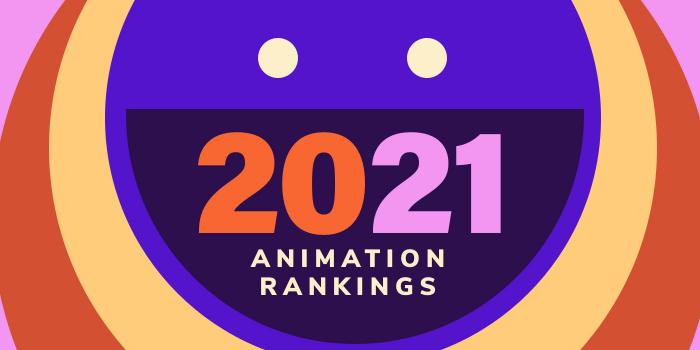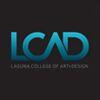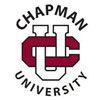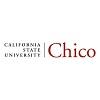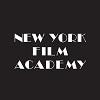Established in 1880, University of Southern California (USC) is a private research university that houses the USC Dana and Dornsife College of Letters, Arts and Sciences, along with 22 academic schools and units. The school, which opened with just 53 students and 10 teachers, now serves 46,000 students and 4,000 full-time faculty. In addition to the Los Angeles campus, USC has programs and centers in Marina Del Rey, Orange County, Sacramento, Washington, D.C., Catalina Island, Alhambra, and around Southern California.
More than 200 undergraduate programs and over 400 graduate and professional programs are offered, including several for aspiring animators. The John C. Hench Division of Animation + Digital Arts offers a BA, BFA, MFA and a Minor that encourage collaborations across the School of Cinematic Arts and with students from Thornton School of Music, the Kaufman School of Dance, the School of Dramatic Arts, the Viterbi School of Engineering, and the School of Architecture, to name a few.
Students in the “unique” four-year BA program “study within the framework that combines a broad liberal arts background with specialization in a profession,” says the school. For 2020-2021, USC lists the following possible areas of concentration: Character Animation, Experimental Animation, Visual Effects, 3D Computer Animation, Science Visualization and Interactive Animation.
The program requires 128 units, including a minimum of 16 lower-division units and a minimum of 26 upper-division units in Cinematic Arts. Course highlights include 3D Character Performance Animation, Drawing for Art and Design, Expanded Concepts in 2D/3D Animation, Ideation and Pre-Production, The World of Visual Effects, Transmedia Entertainment, and Writing for Animation. Students will complete a senior project and they will have the opportunity to complete Directed Studies, Directed Research OR an Internship in Cinematic Arts.
The BFA is a newly created program that focuses on “front-end creative foundation to build your filmmaking knowledge over four years,” says the school. Areas of study include Character Animation, Documentary Animation, Experimental Animation, Installation, Motion Capture, Motion Graphics, Projection Mapping, Science Visualization, Stop-Motion, Storyboarding, Visual Effects, and VR/Immersive Media.
The three-year Minor consists of 26 units of study. The program “provides students with an opportunity to create both personal and collaborative work in a wide range of genres, from traditional character to contemporary experimental and computer animation. This includes painting, cel, stop-motion, collage, mixed media, 2- and 3-D computer animation software and interactive digital media.” Students in this program will complete a required final project.
The three-year MFA allows students to “further their animation knowledge and refine their production and motion design skills.” More than 25% of MFA degree units are open electives in the School of Cinematic Arts. Students also benefit from “top-tier” weekly guest lecturers and the opportunity to complete a final thesis film or project.
Many graduates of the animation programs at USC have gone on to become independent filmmakers while others go on to work for major feature and animation studios such as Digital Domain, Digital Idea, DreamWorks Animation, Illumination Entertainment, Industrial Light & Magic, Nickelodeon Animation Studios, Pixar, Rhythm and Hues, Sony Pictures, and many others.


